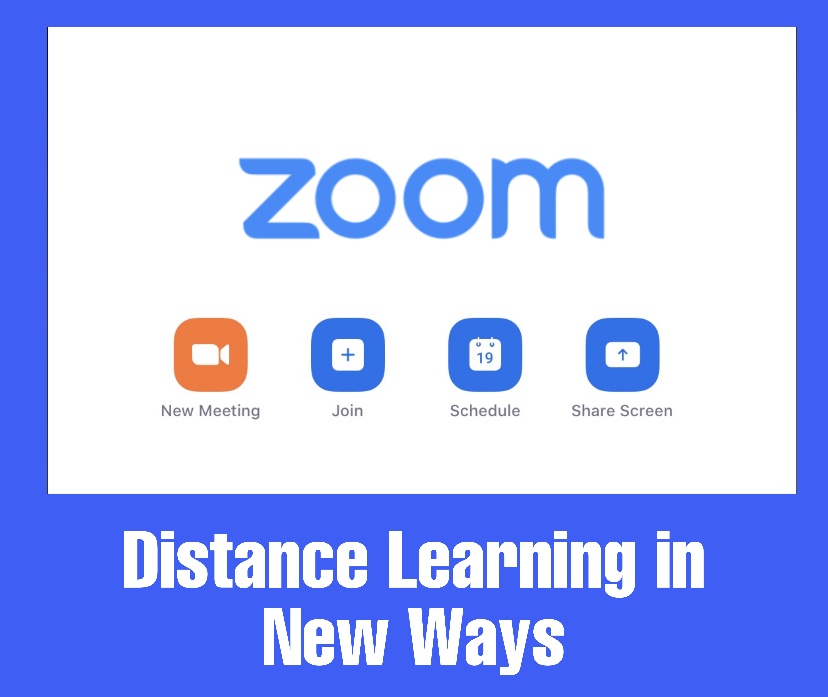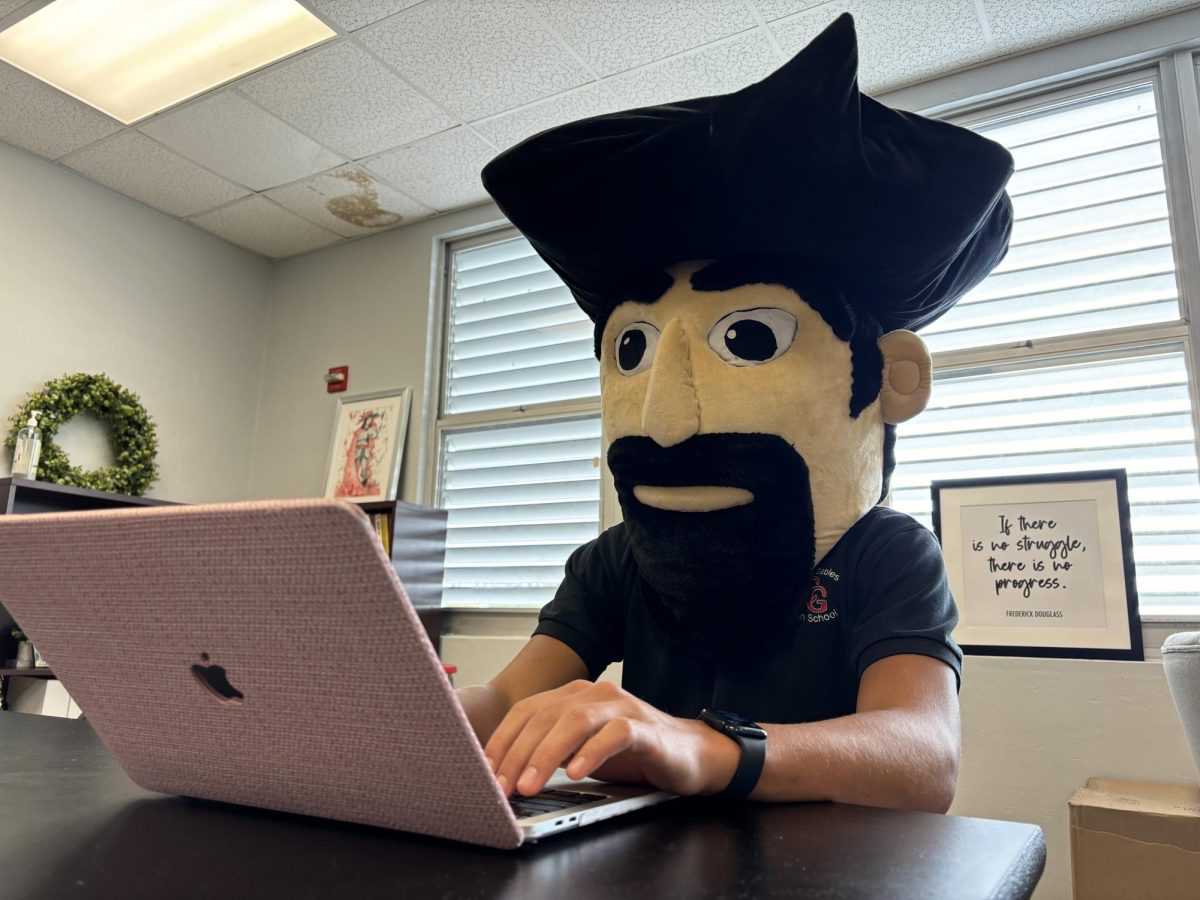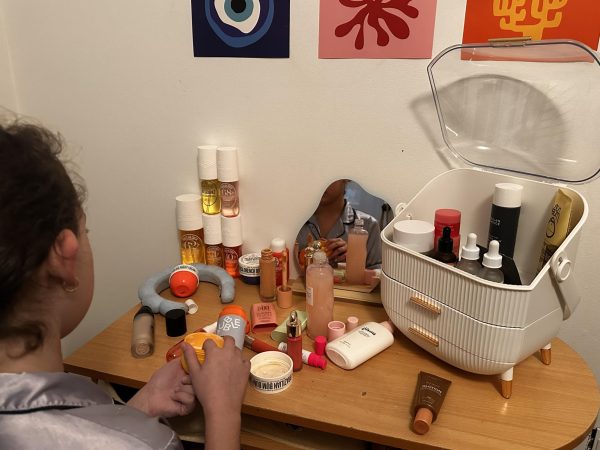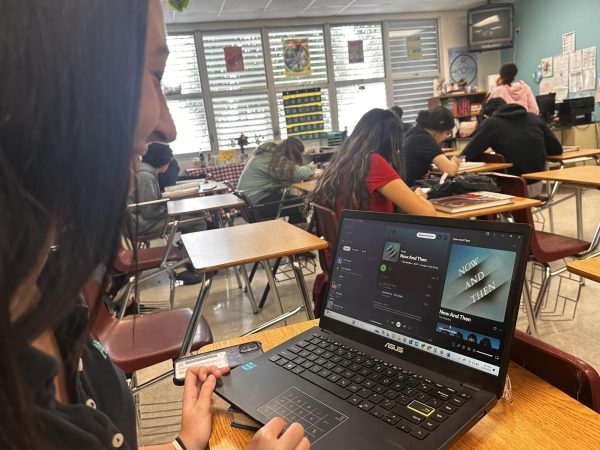Are Students Zealous for Zoom?
Distance learning has caused popularity among virtual learning applications to soar. Zoom is one of these apps, which connects students and teachers through video chats.
Apr 4, 2020
Overall Rating: B+
With schools across the nation temporarily shut down while the government attempts to control the COVID-19 pandemic, many teachers have resorted to virtual methods of learning, such as Zoom. This application allows one person to host a video conference and others to join, so educators can use the group call to teach lessons, answer questions and more. The application has many different features that influence student opinions on learning virtually in comparison to in a classroom setting.
Accessibility
This application has average accessibility at best. To be a part of a video chat, one must first have both a meeting code and a join code, which can be difficult to figure out if a teacher’s instructions are unclear. You must also be online at a certain time in order to join the call. Another issue is that a stable internet connection is required. This may affect students with poor service at home, especially those from low-income families who are unable to afford it. However, the one positive aspect regarding its accessibility is that it can be run on both computers and mobile devices.

I think Zoom is a good program because it emulates real-life classes really well
— freshman Isabel Donner
Convenience
Zoom is convenient only because it is the only option teachers have during this pandemic. Since social distancing is mandatory for the health and safety of students and the reopening of schools has been pushed to May 1 or later, there is no other way for educators to speak to their students. If schools were still open, this application would not be as valuable, meaning it is only because of the current coronavirus pandemic situation that has made its popularity explode. It has provided a helpful alternative for those who want to continue informing students in a similar way to how school traditionally functions. The app is also simple to understand and easy to use, which improves the level of technological convenience for those who are not very tech-savvy.
“I would much rather do Zoom calls daily that have to work from what our teachers post on Edmodo, Teams and other platforms. I only retain information from classes if someone is teaching,” freshman Alejandro Garnier said.
Comparison
In comparison to how physical classes normally work, this program holds up relatively well under the given circumstances. Some students do argue that it is not as effective a teaching method as physical classes are, saying that it lacks the personal touch on real-life interactions, but there is not much the company can do to fix that. Another complaint is how it may seem harder to ask teachers for explanations privately, but thankfully, most teachers offer school emails or another platform to reach out to with any questions. It does provide all the basics however, such as audio and video recording to simulate the classroom environment. In the end, it is all down to what each independent student prefers as the style of education they themselves deem optimal.
“My teachers don’t make me use it, but if they did I think I would like it. Zoom is fun and I would rather let the teacher teach me, but if we have to wake up early for the online classes, I would prefer physical classes instead because you might as well go,” sophomore Jose Ayala said.
Zoom has turned into a helpful tool for teachers who want to keep using lectures and discussions despite the limitations the county may face during such trying times. Nonetheless, it does have its fair share of obstacles that cannot be overlooked, but it does its job well. Again, students may have conflicting opinions on this application because of their individual experiences and preferences regarding the way they are taught, but for the time being, Zoom has become a useful application and will continue to serve its purpose for as long as Cavaliers have to remain home.






















